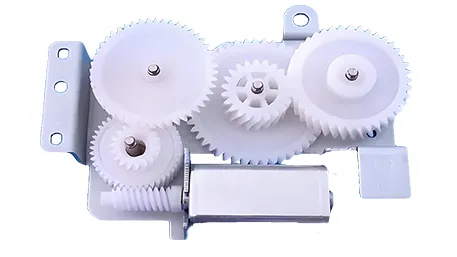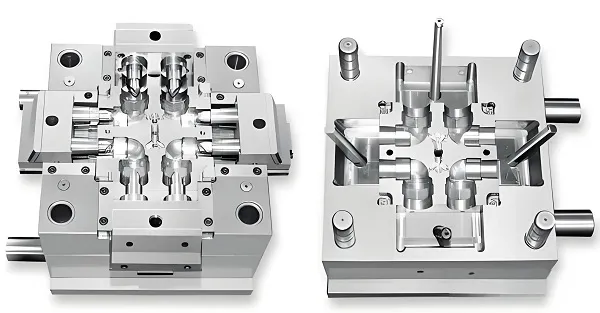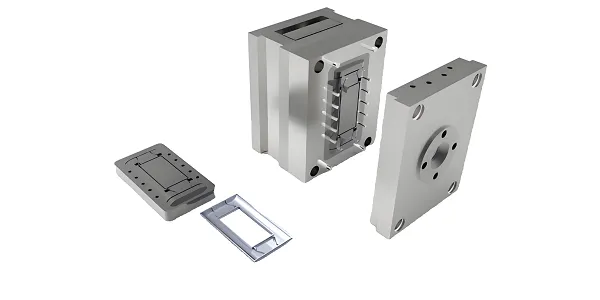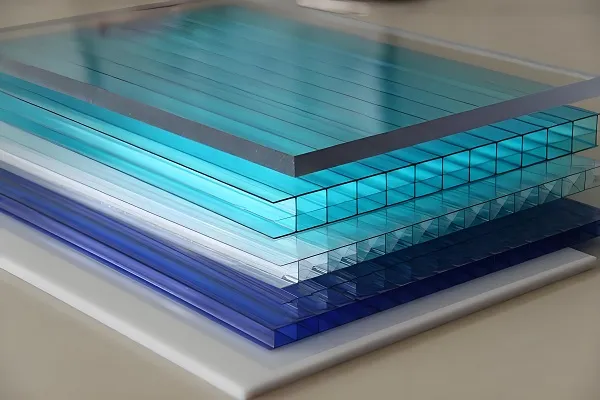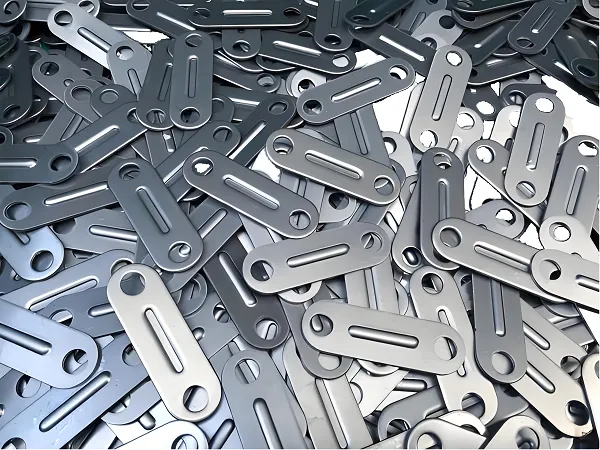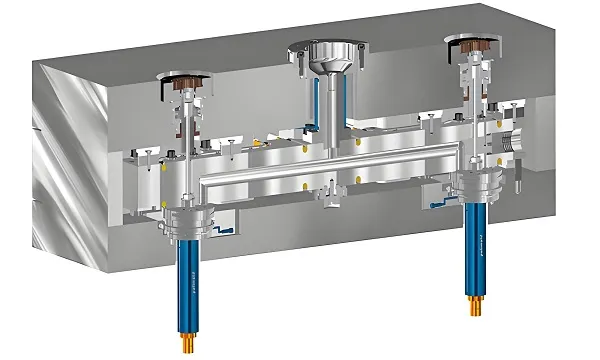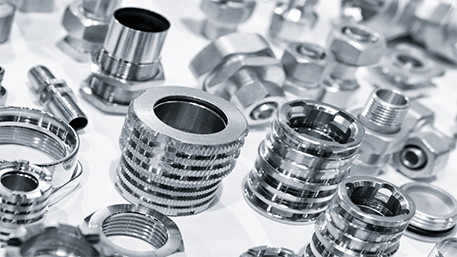
Q: What exactly is the process of CNC machining?
A: CNC machining (numerical control machining) is a process method of parts processing on CNC machine tools. Through the digital information to control the displacement of parts and tools, this processing method can effectively solve the problem of varieties of parts, small batch, complex shapes, high precision, and achieve high efficiency and automated processing. The following will be a detailed answer to the specific process of CNC machining.
Q: What are the first steps of CNC machining?
A: The first step of CNC machining is to read the drawings and figure out the dimensions to be machined. This process is critical because all subsequent machining steps are based on the dimensions and requirements of the drawing.
Q: Once the drawing is finalized, what is the next step?
A: The next step is to determine the machining method. This includes choosing whether it will be normal machining, CNC machining or specialty machining. In most cases, CNC machining is chosen to achieve greater accuracy and efficiency.
Q: What else do I need to do once I have chosen CNC machining?
A: Once the decision has been made to use CNC machining, the machining process needs to be developed. This process includes analyzing the shape of the workpiece, the technical conditions, the blank and the process plan, determining the machining method, the positioning and clamping method and the sequence of the work steps according to the requirements of the drawing, and selecting the machine tool, the cutting tool and the cutting conditions.
Q: After the process is determined, is it possible to start writing the program?
A: Yes. Writing the program is one of the key steps in CNC machining. The programmer needs to write the machining program sheet using the specified program code and format according to the machining sequence, tool number, cutting parameters and auxiliary actions determined by the process. This step can be accomplished either by automatic programming (computer programming) or by manual programming.
Q: Once a program is written, how is it applied to actual machining?
A: The written program needs to be entered into the control system of the CNC machine tool. This process can be done through manual input or through DNC (Direct Numerical Control) control. After the program has been entered, program verification and first-piece test cutting are required, i.e., the program is checked by idling the machine and graphically simulating the movement of the tool relative to the workpiece to ensure that the program is correct.
Q: After the calibration and test cut, what’s next?
A: After ensuring that the program is correct, you need to install the workpiece and tool, perform tool setting operations, and then control the machine through the program to perform the actual machining. This process includes steps such as tool travel, tool change, speed change, direction change, etc. All these operations are done automatically.
Q: After machining is completed, what else needs to be done?
A: After machining is completed, the finished product needs to be deburred, cleaned and inspected to ensure that the quality of the product meets the requirements of the drawing. Finally, the finished product will be sent to the next process or customer for use. In addition, after the end of CNC machining, you also need to clean and maintain the machine tool to ensure its long-term stable operation.
Q: In summary, what are the main steps in the CNC machining process?
A: The process of CNC machining mainly includes the steps of reading and understanding drawings, determining machining methods, developing machining processes, writing programs, program verification and test cutting, installing workpieces and tools, tool setting, actual machining, finished product inspection, machine cleaning and maintenance. Each step is very important and indispensable to ensure that the machining process is carried out efficiently, accurately and safely.
Through the above Q&A, we understand the whole process of CNC machining. This modern means of mold manufacturing and processing is not only efficient and precise, but also widely used in the processing and manufacturing of various parts.

